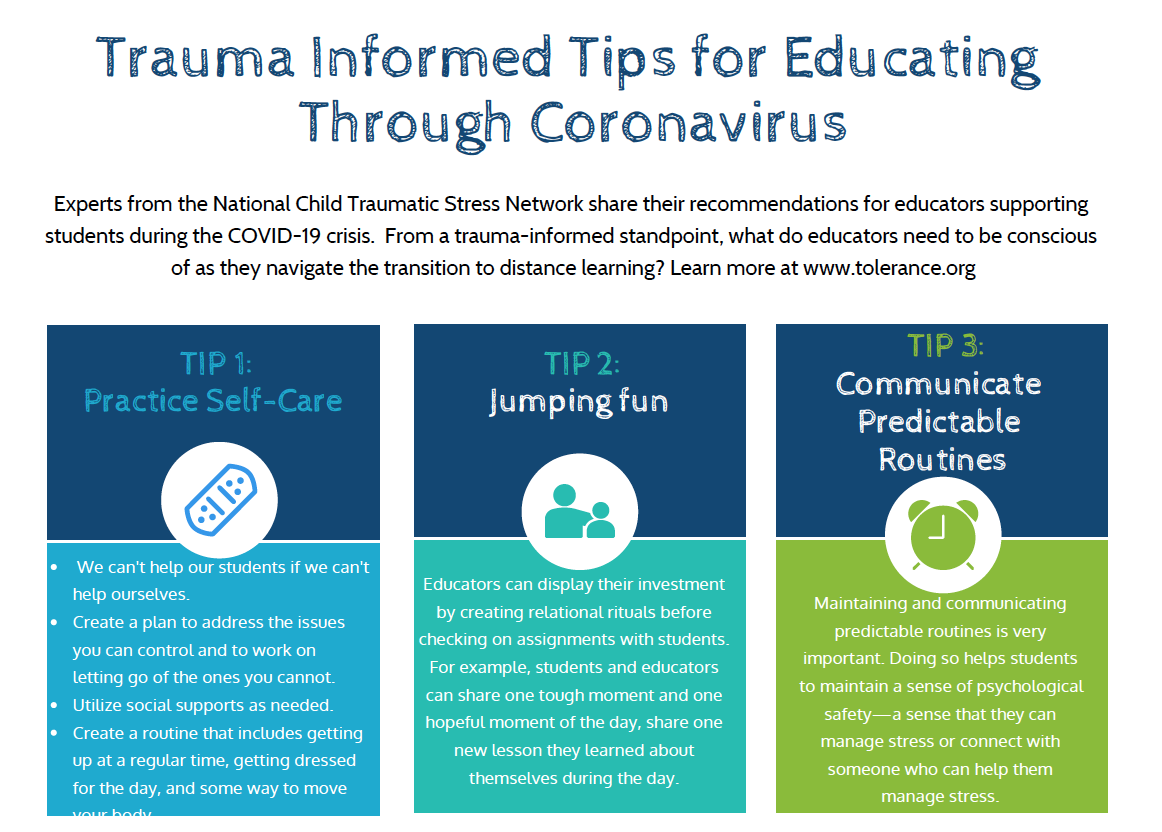The thought of writing your own book can seem intimidating and requires a lot of research and effort to accomplish. Preparation is a key component to helping you achieve the end goal—a published piece. Sharing your education expertise not only accomplishes the end goal, but your knowledge will serve as an important resource for those interested in your specific topic, and can help those new to the field.
Writing is a long process, but with the right information and resources you can push forward and complete your very own published masterpiece. Here’s what you need to know to get started.
1. Successful writers write—a lot
When Bob Busk was the elementary principal at the International School at Kuala Lumpur, he taught writing classes in addition to performing his administrative duties. To keep his writing skills up to speed, Busk maintained a lively blog featuring colorful essays about life in Malaysia. To become a better writer, he enthusiastically advises authors to “write; write some more; write even more.” Writing is a lot like public speaking; it gets better with practice. Leadership award-winner Cheryl Larsen also believes in the power of practice. In addition to her principal duties at a large Washington elementary school, Larsen prepares vital documents for her school district, such as parent-student handbooks, curriculum guides, student progress reports, and attendance communications. This technical work has spurred her on to other types of writing, such as contributing commentary to professional articles written by other educators and writing manuscript reviews for a publishing company. Larsen has a book in mind, and this ambitious step will be well supported by the writing practice she is getting now.
2. Write professional articles
Writing for a professional magazine, such as Principal, is an ideal way to gain the knowledge, skills, and experience needed to write a book. You will learn how to craft an appealing narrative, how to collaborate with an editor, and whether there are readers interested in your ideas—an appreciative audience is a powerful motivator. Education publications typically post article submission guidelines that can help show you what they want from a writer.
3. Picture your favorite education books
What type of book do you want to write? A highly researched textbook for teachers, an inspiring guide for school leaders, or a breezy “how to” for new principals? Collect published books that are similar to the one you visualize, then review each one thoughtfully. Take note of the narrative styles and any special features, including sidebars, illustrations, and data tables. Do you have the skills to prepare such a book? Identify what you would need to learn to make your dream book become a reality.
4. Research publishers
There are traditional education publishers to investigate, like Corwin Press, Heinemann, Routledge, and Solution Tree, as well as self-publishing companies, such as AuthorsHouse, XLibris, and Kindle Direct Publishing. Whichever avenue you choose, reputable publishers will provide writers with editorial support and detailed manuscript and submission guidelines. Check out a variety of publishers’ websites to learn more; knowing what is expected will build your book-writing confidence.
5. Select a high-interest topic
Popular education writer Elaine McEwan-Adkins, who has more than two dozen books on the market, advises new authors to write about their passion. Pennsylvanian educator Jacie Maslyk did just that. She was a principal when she initiated the STEAM program in her school and drafted STEAM Makers: Fostering Creativity and Innovation in the Elementary Classroom (2016). STEAM combines science, technology, engineering, and math curriculum (STEM) with the arts, design, and humanities. “Maker” refers to a growing movement to make hands-on, project-based learning a vital part of instruction. Maslyk, who has merited prestigious leadership awards, is now an assistant superintendent, and in this capacity will use STEAM Makers to support the professional development of teachers and principals.
6. Schedule time to write
If you ask school leaders about their biggest barrier to writing, you can bet that “lack of time” will come up first. But like everything else in life, time can be found for high-priority activities. Creating a reliable block of writing time is essential. If you are an early bird, for example, write in the quiet morning hours before your family rises. Or you can put fingers to the keyboard at night when other household members are occupied with their own pursuits. You can build writing time into weekends, holidays, and vacations. If you create a writing schedule and stick to it, your book will slowly but steadily emerge.





























